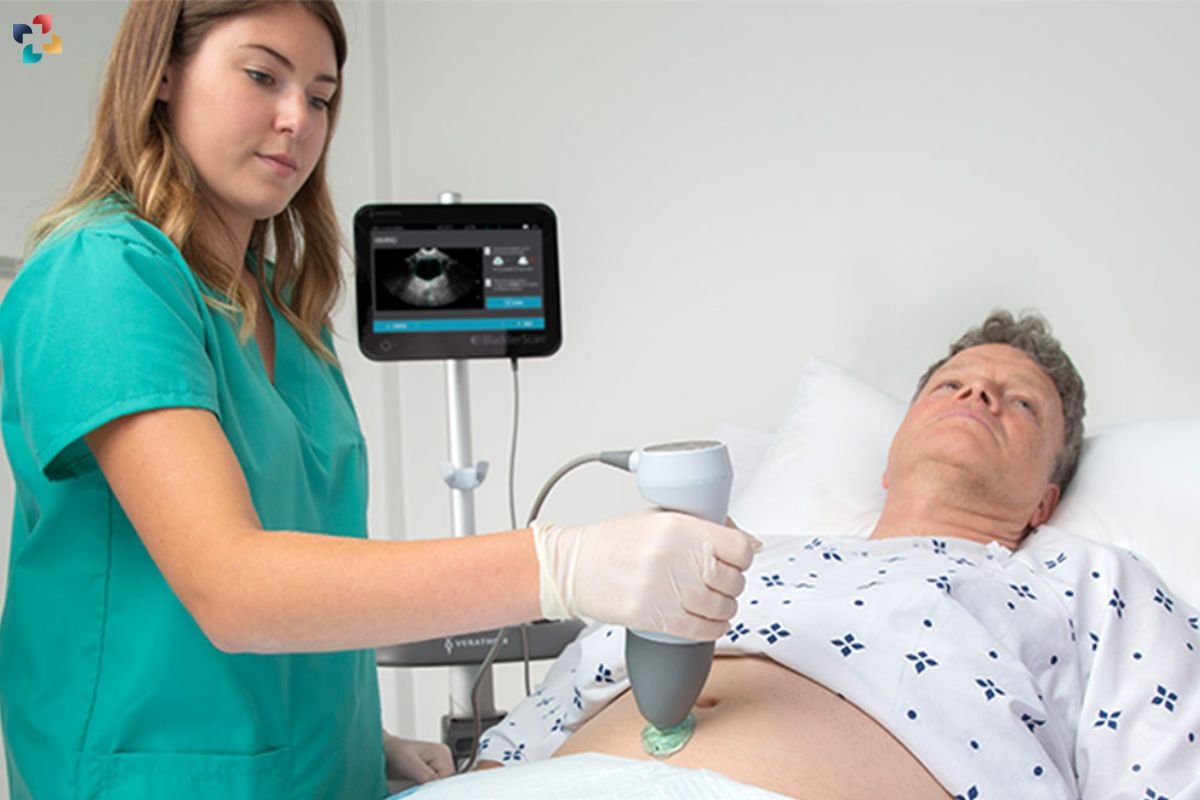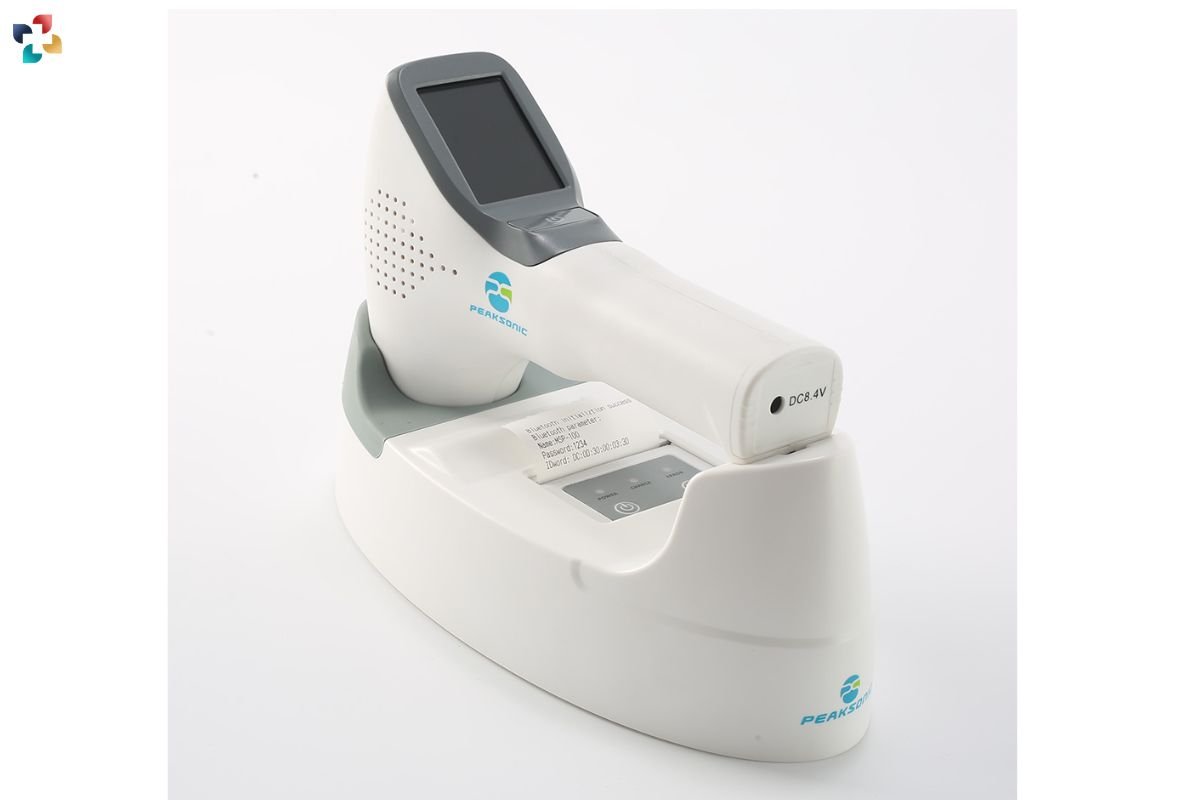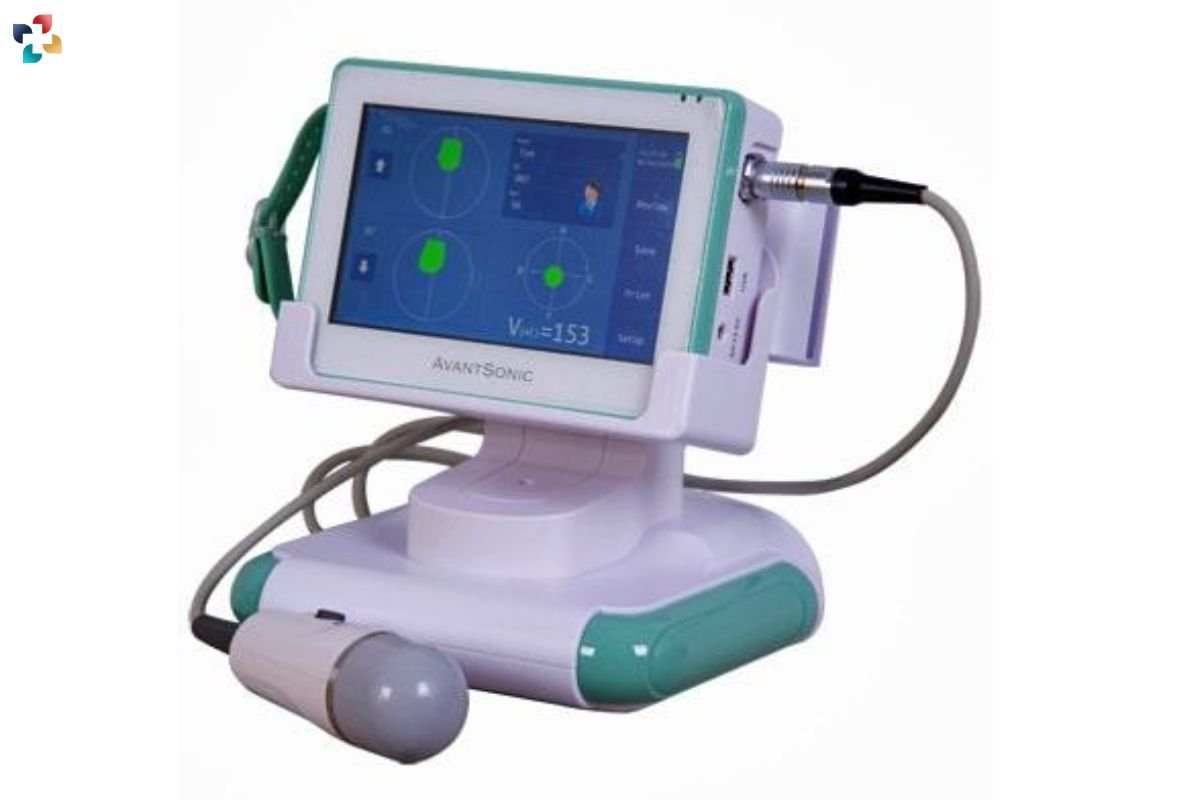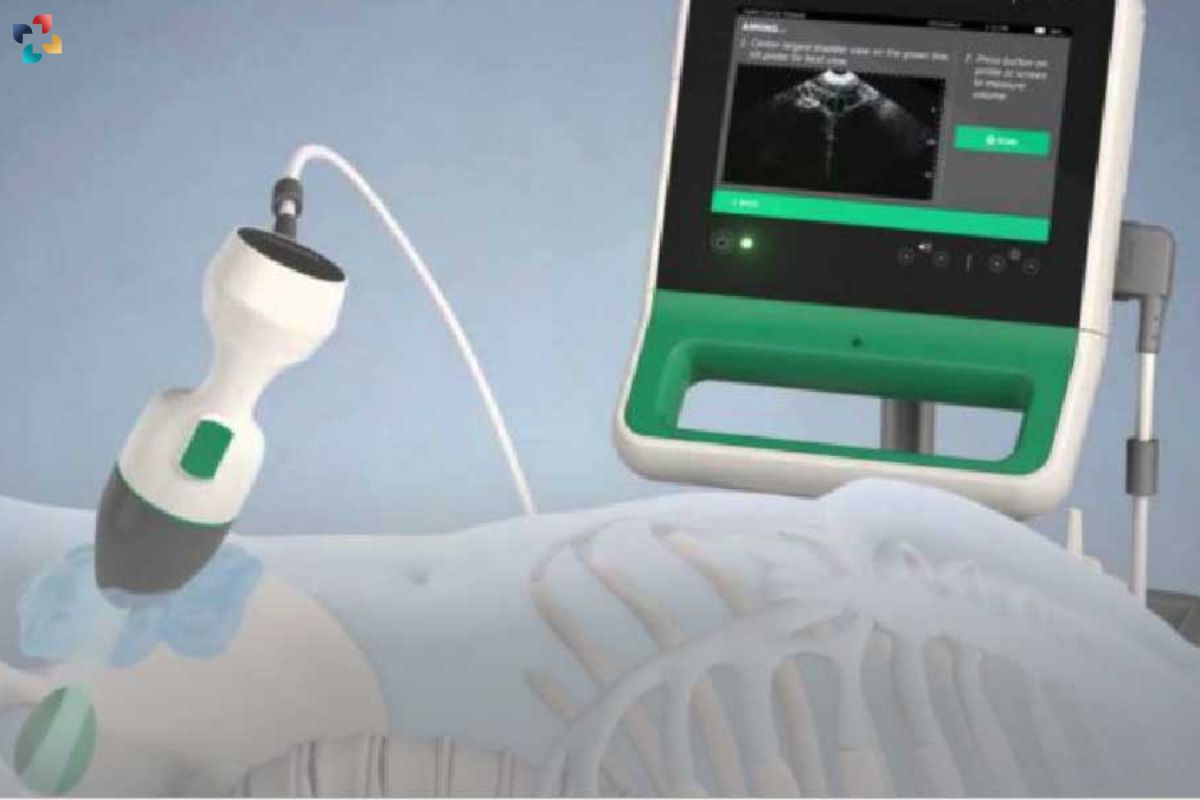In modern healthcare, technology plays a pivotal role in enhancing diagnostic accuracy and patient care. One such technological marvel is the urinary bladder scanner, a non-invasive device designed to assess bladder volume and aid in the diagnosis and management of various urological conditions. This article delves into the functionalities, benefits, and applications of the urinary bladder scanner, providing a thorough understanding of its importance in medical practice.
What is a Urinary Bladder Scanner?
A urinary bladder scanner is a portable, handheld ultrasound device used to measure the volume of urine in the bladder. It employs high-frequency sound waves to create images of the bladder, allowing healthcare professionals to determine the amount of urine present without the need for catheterization. This device is particularly valuable in settings where quick and accurate assessment of bladder volume is crucial, such as emergency rooms, urology clinics, and long-term care facilities.
How Does a Urinary Bladder Scanner Work?
The operation of a urinary bladder scanner is straightforward. The device emits ultrasound waves, which penetrate the abdominal wall and reflect off the bladder walls. These reflected waves are then captured and processed to generate a visual representation of the bladder. The scanner calculates the volume of urine based on the dimensions of the bladder depicted in the ultrasound images.
To use a urinary bladder scanner, a healthcare provider typically follows these steps:
- Preparation: The patient is positioned comfortably, usually lying flat on their back.
- Application of Gel: A conductive gel is applied to the lower abdomen to facilitate the transmission of ultrasound waves.
- Scanning: The scanner’s probe is placed on the abdomen, and the device is moved gently to capture images from different angles.
- Volume Calculation: The scanner’s software processes the images and displays the bladder volume on the screen.
Benefits of Using a Urinary Bladder Scanner

1. Non-Invasive and Painless
One of the most significant advantages of a urinary bladder scanner is that it is non-invasive. Unlike catheterization, which can be uncomfortable and carries a risk of infection, the bladder scanner does not require insertion into the body. This makes it a preferred option for both patients and healthcare providers.
2. Quick and Accurate
The urinary bladder scanner provides rapid results, typically within minutes. This immediacy is crucial in emergency situations where timely decisions are necessary. Furthermore, the accuracy of bladder volume measurements helps in making informed clinical decisions.
3. Reduces the Risk of Infections
Repeated catheterizations can lead to urinary tract infections (UTIs). By using a urinary bladder scanner, the need for catheterization is minimized, thereby reducing the risk of infections and improving patient safety.
4. Cost-Effective
While the initial investment in a urinary bladder scanner might be higher compared to traditional methods, it proves to be cost-effective in the long run. The reduction in catheter-related complications and infections leads to lower overall healthcare costs.
Applications of the Urinary Bladder Scanner
1. Diagnosing Urinary Retention
Urinary retention is a condition where the bladder does not empty completely, leading to discomfort and potential complications. A urinary bladder scanner can accurately measure post-void residual volume (PVR), helping in the diagnosis and management of urinary retention.
2. Monitoring Post-Operative Patients
After certain surgical procedures, particularly those involving the lower abdomen or pelvis, monitoring bladder function is essential. A urinary bladder scanner allows for regular, non-invasive checks to ensure the bladder is functioning correctly.
3. Managing Patients with Neurogenic Bladder
Patients with neurogenic bladder, often due to spinal cord injuries or neurological disorders, may experience irregular bladder emptying. Regular use of a urinary bladder scanner helps in monitoring bladder volume and preventing complications such as overdistention or infections.
4. Pediatric Urology
In pediatric patients, catheterization can be particularly distressing. A urinary bladder scanner offers a child-friendly alternative, allowing for the assessment of bladder function without causing discomfort or anxiety.
5. Geriatric Care
Elderly patients often have multiple comorbidities that make catheterization risky. The urinary bladder scanner is an excellent tool for managing bladder issues in geriatric care settings, ensuring patient comfort and safety.
Choosing the Right Urinary Bladder Scanner

When selecting a urinary bladder scanner, healthcare facilities should consider several factors to ensure they choose a device that meets their needs:
1. Accuracy and Reliability
The scanner should provide consistent and accurate measurements. Look for devices with a high degree of precision and those that have been validated in clinical studies.
2. Ease of Use
A user-friendly interface and intuitive controls are essential for ensuring that healthcare providers can operate the device efficiently, even in high-pressure situations.
3. Portability
For facilities where mobility is crucial, such as home health care or large hospitals, a lightweight and portable urinary bladder scanner is preferable.
4. Battery Life
A long-lasting battery ensures that the device can be used for extended periods without frequent recharging, which is particularly important in busy clinical environments.
5. Software Features
Advanced software features, such as automatic calculations, data storage, and integration with electronic health records (EHR), can enhance the functionality and utility of the urinary bladder scanner.
6. Training and Education
Proper training is essential for the effective use of a urinary bladder scanner. Healthcare providers should receive comprehensive instruction on the operation of the device, interpretation of results, and maintenance procedures. Many manufacturers offer training programs and resources to ensure users are proficient in using their equipment.
7. Certification Programs
Some organizations provide certification programs for healthcare professionals to demonstrate their competency in using urinary bladder scanners. These programs typically include both theoretical and practical components, ensuring a thorough understanding of the device.
Future Developments in Bladder Scanning Technology

The field of medical imaging is continually evolving, and urinary bladder scanners are no exception. Future advancements may include:
1. Enhanced Image Quality
Improved ultrasound technology could lead to higher resolution images, allowing for more precise measurements and better diagnostic capabilities.
2. AI Integration
Artificial intelligence (AI) could be integrated into urinary bladder scanners to assist in interpreting results, reducing the potential for human error and providing decision support for healthcare providers.
3. Wireless and Cloud Connectivity
Wireless technology and cloud-based data storage could facilitate seamless integration with EHR systems, allowing for easier access to patient data and improving workflow efficiency.
4. Miniaturization
As technology advances, urinary bladder scanners may become even smaller and more portable, making them more convenient for use in a variety of settings, including remote and rural healthcare facilities.
Conclusion
The urinary bladder scanner is a vital tool in modern medicine, offering a non-invasive, quick, and accurate method for assessing bladder volume. Its applications span across various medical fields, from diagnosing urinary retention to managing postoperative patients and providing care for those with neurogenic bladder or in pediatric and geriatric populations. As technology continues to advance, the urinary bladder scanner will undoubtedly become even more integral to patient care, improving outcomes and enhancing the efficiency of healthcare delivery. By understanding its functionalities, benefits, and proper usage, healthcare providers can harness the full potential of this innovative device to deliver better patient care.











